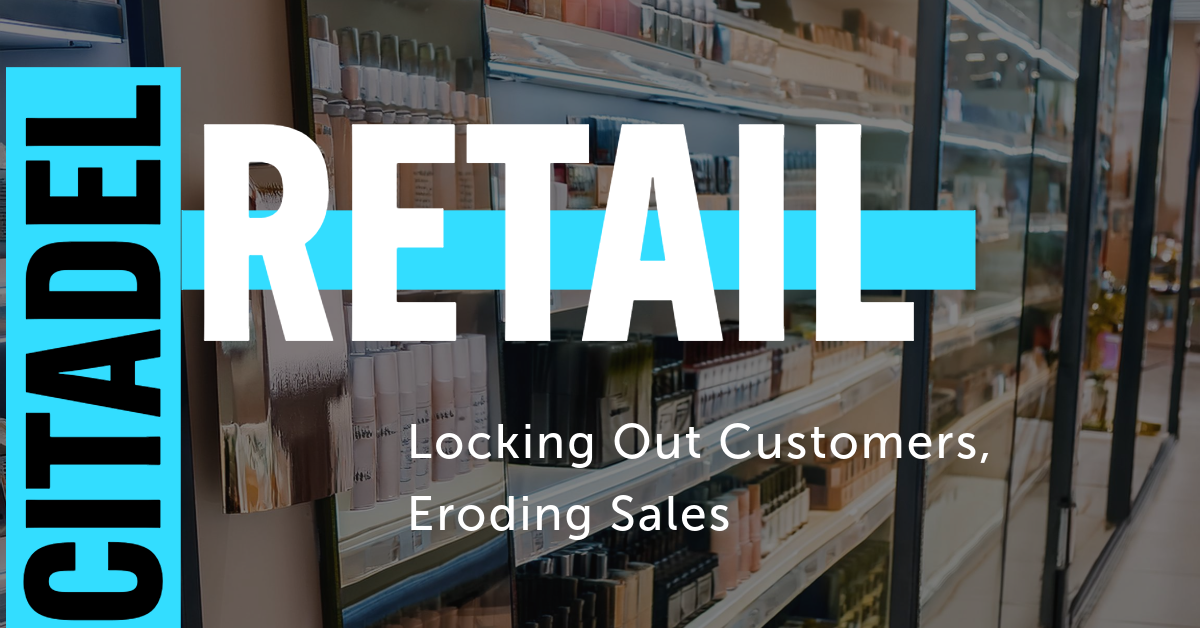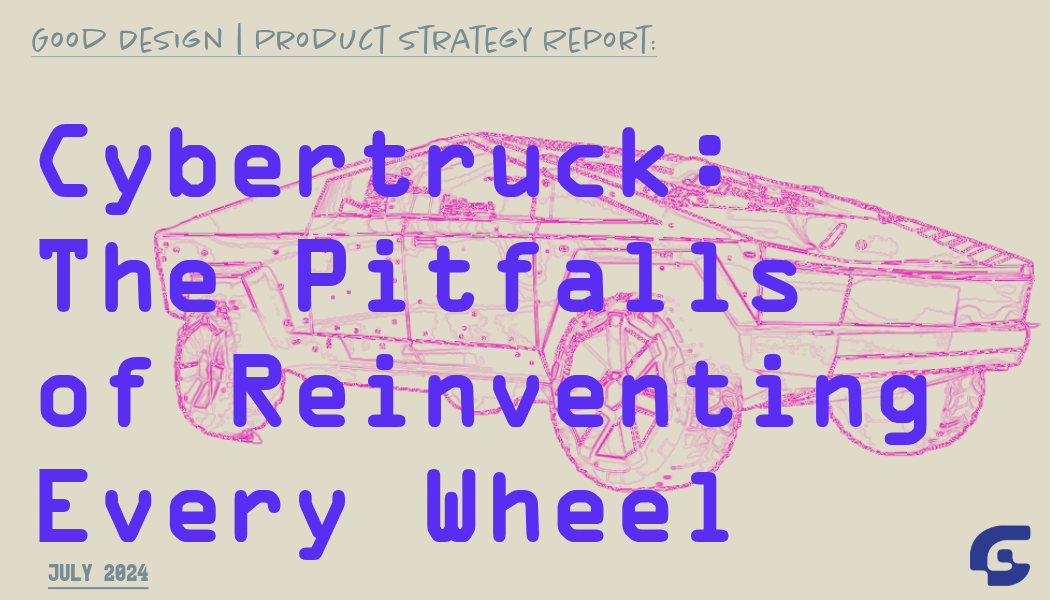Navigating Innovation and Strategy: Lessons from 23andMe’s Voyage from Valuation Peaks to Survival Struggles
Tam Danier • 2024-02-15
The document discusses the challenges faced by 23andMe, a company offering direct-to-consumer genetic testing kits, including regulatory hurdles, privacy concerns, and difficulties in transitioning into pharmaceutical development. Despite initial success, the company struggled with a one-time purchase business model and failed to pivot effectively towards sustainable revenue streams, leading to a dramatic downturn in valuation and NASDAQ delisting threats.
Navigating Innovation and Strategy: Lessons from 23andMe’s Voyage from Valuation Peaks to Survival Struggles
Founded in 2006 by Linda Avey, Paul Cusenza, and Anne Wojcicki, 23andMe is a company that produces direct-to-consumer genetic testing kits. These kits provide insights into ancestry, inherited traits, and potential health risks. While the company had an innovative mission to democratize personal healthcare by enabling access to genetic information, it faced significant challenges with regulatory hurdles, privacy concerns, and a problematic transition into pharmaceutical development. The company initially achieved unprecedented success, reaching a peak valuation of $6 billion. However, it struggled with a one-time purchase business model and failed to pivot effectively toward sustainable revenue streams. As a result, 23andMe's story exemplifies the complexities of scaling a disruptive tech venture in a highly regulated space. Furthermore, the company experienced operational and strategic missteps, which led to a dramatic downturn, culminating in its stark valuation drop and NASDAQ delisting threats. This was a stark contrast to its initial promise and soaring ambitions.
Launching with a promise to revolutionize personal healthcare through genetic testing, 23andMe quickly became a household name. Attaining a $6 billion valuation by 2021, its story seemed one of unmitigated success—until it wasn’t. Through a DVFU analysis, we can pinpoint where 23andMe’s strategies both shone and fell short, offering invaluable insights for future innovators.
Desirability: 23andMe's Success and Missed Opportunities
What They Did: 23andMe offered a simple and convenient genetic testing service that allowed people to learn about their ancestry and potential health risks. The product was initially successful due to people's fascination with self-discovery, further amplified by media and celebrity endorsements. However, concerns around data privacy and the novelty of the product eventually led to a decline in consumer interest.
What Could Have Been Done: To sustain consumer trust and desirability, 23andMe could have taken a more transparent approach to data privacy. This could have included engaging with privacy advocates and leading the conversation on ethical data use. Additionally, constant innovation in product offerings could have helped sustain consumer interest.
Viability of Revenue Streams
What They Did: The company relied on the single-purchase model of DNA kits, which is a limitation for long-term revenue. This encapsulates the viability challenge of products with long-term utility but limited recurring revenue potential. To address this challenge, 23andMe launched a subscription service called 23andMe+, but it failed to attract a significant subscriber base as it lacked a compelling and differentiated value proposition for customers.
What Could Have Been Done: The company could have diversified into complementary health and wellness services by leveraging genetic insights for personalized health plans or forming partnerships with health organizations. This could have opened up recurring revenue channels. A more robust integration of subscription services with tangible, ongoing value could also have bolstered the company's viability in the long run.
Feasibility - Stretching Operational Capabilities
What They Did: 23andMe, a company that pioneered consumer-genetic testing, attempted to pivot towards pharmaceutical research. However, this move proved to be too ambitious and created significant operational and regulatory complexities. The company had to allocate substantial resources to this new venture.
What Could Have Been Done: To make this transition smoother, the company could have adopted a phased, strategic approach to drug development. Collaborating with or acquiring biotech startups with pre-existing drug development pipelines could have streamlined the process. The company could also have prioritized feasibility and sought strategic alliances with industry veterans who could provide critical domain expertise and infrastructure.
Usability: From Simplicity to Complexity
What They Did: Initially, 23andMe was known for its easy-to-use interface and simplified genetic insights. However, the company's focus on complex health subscriptions and drug development made it difficult for users to understand its precise value proposition.
What Could Have Been Done: To address this issue, 23andMe could have maintained its emphasis on simplicity and clarity while expanding into health and pharmaceuticals. By regularly conducting usability testing with feedback loops from diverse user groups, the company could have ensured that its new offerings enhanced, rather than complicated, the user experience.
Lessons in Strategic Innovation
23andMe’s journey, as dissected through the DVFU framework, reveals a narrative of bold strides and avoidable stumbles. By imagining an alternative path rooted in balanced innovation, strategic partnerships, and user-centric design, other ventures can glean crucial insights:
- Adaptability and consumer trust are paramount in maintaining product desirability.
- A multi-faceted approach to revenue ensures long-term business viability.
- Ambition in expanding offerings must be matched with operational feasibility.
- Unwavering commitment to usability secures continuous user engagement.
For 23andMe and similar pioneering ventures, the future still holds promise. With a refocused strategy that emphasizes its unique strengths and addresses the identified challenges, a resurgence aligned with market needs and operational realities is within reach. The narrative of 23andMe underscores the critical importance of continuous innovation, strategic adaptability, and unwavering commitment to the consumer—a blueprint for enduring success in the competitive tech landscape.
The GIO Team
About The Good Design | Center of Excellence Newsletter
For digital leaders aiming to drive growth through human-centric innovation, the Good Design Center of Excellence newsletter offers an inside look at GIO's approach. You'll gain strategic insights through digestible videos and articles to bridge the gap between vision and execution.
Seeking to unlock the future? Who better to provide the key than Generation Z themselves?
Good Ideas Only will conduct an immersive discovery sprint to reveal transformational insights into Gen Z behaviors and preferences. A limited number of exclusive sponsorships are available for enterprises seeking an inside track to engage this powerful consumer demographic. You can take advantage of this opportunity to gain proprietary intelligence tailored to your brand's innovation needs.
Good Ideas Only is a strategy and design studio that takes an outside-in approach to identify upcoming opportunities. Our "Good to Know" series provides leaders with strategic foresight on evolving consumer behavior and technology trends. We would appreciate your feedback on the first episode and suggestions for future topics. Feel free to respond if you have any problems you would like us to mull over. Our team of innovators and designers is here to help you bridge the gap between your vision and its execution.
Miami | Atlanta | New York | LA






